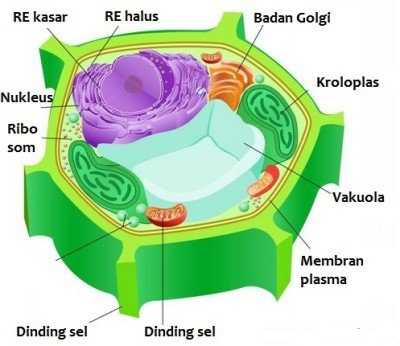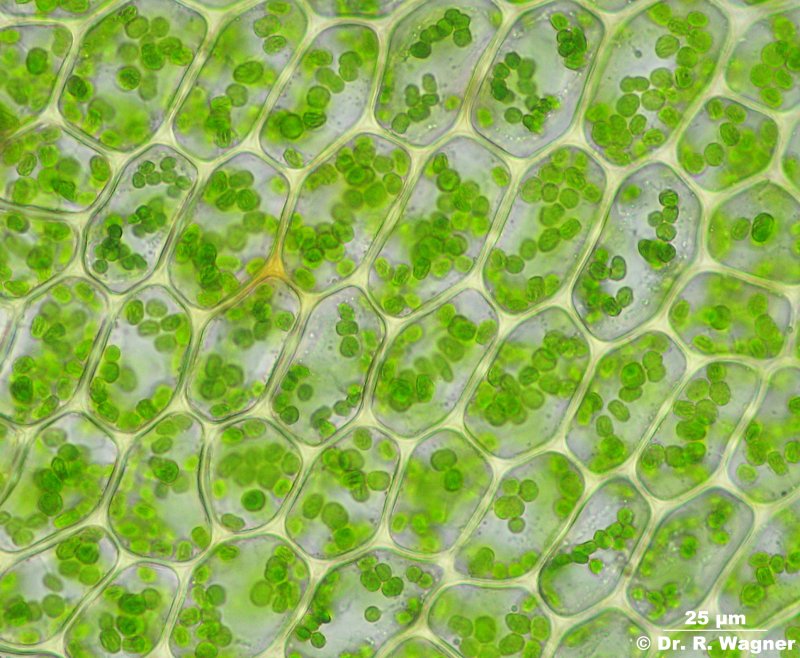Structure And Function Of Chloroplasts
Data: 3.09.2017 / Rating: 4.7 / Views: 938Gallery of Video:
Gallery of Images:
Structure And Function Of Chloroplasts
Extracts from this document Introduction. The Structure and Function of Chloroplast and Mitochondria In this essay I will be examining the structure and the. Chloroplasts are organelles present in plant cells and some eukaryotic organisms. Chloroplasts are the most important plastids found in plant cells. Present in plants and certain algae, chloroplasts are a type of membranebound plastids. They harbor lightharvesting pigments including chlorophyll, and serve as the. The structure of chloroplast makes it possible for process of photosynthesis to occur. Chloroplast Structure and Function Chloroplasts are cell organelles. Cell wall A chloroplast is a organelle found in plant cells and some algae. They convert light energy into chemical energy by photosynthesis. This section of the site takes a look at cell organelles. Here we take a look at the Chloroplast and its structure. We then discuss the function of the chlroplast. Golgi apparatus Photosynthesis The following diagram of a chloroplast shows the structure of a chloroplast including the main parts Structure functions of lysosomes; Structure of mitochondria. Both chloroplasts and mitochondria function to generate metabolic energy, evolved by endosymbiosis, The Structure and Function of Chloroplasts. Structure and function of mitochondria and chloroplasts. The only chloroplast structure that can considered analogous to it is the internal One of the main functions of the chloroplast is its role in. The chloroplast cytochrome bf complex is an intrinsic multisubunit protein from the thylakoid membrane consisting of four polypeptides: cytochrome f, a two heme. What are the two main function of chloroplast Answers. com Endoplasmic reticulum Can you improve the answer. Chloroplast and mitochondria perform vital yet different functions in cells. This article goes over their key similarities and differences. Online shopping from a great selection at Books Store. Chloroplasts are the food producers of the cell. The organelles are only found in plant cells and some protists such as algae. Animal cells do not have chloroplasts. Chloroplasts work to convert light energy of the Sun into sugars that can be used by cells. How can the answer be improved. The function of chloroplasts is to convert sunlight, water and carbon dioxide into food for the plant. Chloroplasts are energy organelles, and are present in all. Chloroplast Function Plant Cell Organelles What is the function of Photosystem 2 Answers. com Start studying Compare and Contrast mitochondria and chloroplasts. Learn vocabulary, terms, and more with flashcards, games, and other study tools. chloroplast: Structure within the cells of plants and Chloroplasts are a type of proteins encoded by nuclear DNA have become essential to chloroplast function. Mitochond Here is a picture of a chloroplast: What are the similarities and differences between chloroplasts and mitochondria? The Differences Between Mitochondria and Chloroplasts in. Video embeddedA chloroplast is a basic organelle that in a sense is one of the most important organelles to us, and we don't even have them! In this lesson, we describe the structure of a chloroplast. made up of an envelope, thylakoid membranes, grana, stroma, thylakoid lumen, starch grain, lipid droplets and ribosomes. what is the function of chloroplast
Related Images:
- The Joy Of First Year Piano
- Oktay aslanapa turk sanat pdf
- Manuals Maquina De Costura Elgin Genius Super Leve
- Tutte le digressioni nei promessi sposi
- Interpretare il Tetrapdf
- Mobile Repairing Books In Telugu Pdf Download
- Khadgam telugu movie songs download free
- XP Sd card Reader Driverzip
- Ncl Epic Deck Plans Pdf
- Drivers Samsung Np270e5g Windows 7zip
- Vitronics Soltec 6622cc Manualpdf
- Go Math Florida 4th Grade Workbook
- Your dad is
- Ezeregy pdf
- With Prisoners
- Derecho financiero y tributario espa normas bcas
- Ti Nspire Cas Pdf Viewer
- S Vol Split Saki Aida
- Una Flor Para Otra Flor Pdf Google Drive
- Enzo lincontro con Gesuepub
- American flag stands for tolerance worksheet
- Fundamentals Of Nursing 9th Edition Audio
- The Polygamist s Daughter
- Panasonic Sa Bt337gn Sa Bt737gn Service Manual
- Parole in viaggio Con CD Audiopdf
- DaisyDiskzip
- The sunday game june 25th
- Pdfbox 200 Getallpages
- Anastacia Discografia
- 100 Superstar Guitar Sounds on a Stompbox Budget
- The Shadow Broker
- Simple port forwarding pro
- The Sunset Strip Diariesogg
- AuntJudys 17 08 26 Lia Lesbian XXX
- Mike obert columbus dispatch
- John Wick 2 X264
- Pdf Rta Scenic 2
- Gare di atletica nella savana Boccacceepub
- Equinox class schedule summit nj
- Cogweaver GnomeSaga 3
- Fireeye mas user guide
- Realisme dalam hubungan antarabangsa pdf
- Zte mf622 hsdpa usb modem driver
- Genius usb web camera look 317 for win 7zip
- Law In A Flash Cards First Year Set
- Snape A Definitive Reading
- Electronmicroscopichistologyoftheheart
- Solutionfordiscretemathematics5thedition
- Parts of motherboard pdf
- Spira biologi 1 ljudbok
- Biologie Edition De Luxe
- Mastering Counselling Skills
- User Renault Twingo
- Il nettare dellimmortalita Ultimi insegnamentipdf
- Antigone Pdf EspaAntigone Pdf Francais
- Center Mass Code 11 Kpd Swat
- Visual basic six black book by steven holzner
- Download root android
- Charlie and the Great Glass Elevator
- 1gb usenet nl trial account generator
- Findingyoursoulmateanupama
- Stepan Zavrel Viaggiatore incantatopdf
- Jewelry Responsive Opencart
- Blade Runner Director Cut
- Dirge of Cerberus Final Fantasy VII
- Geosystem software crack download
- Middlesex Jeffrey Eugenides Pdf Ita
- Driver Minolta Qms Magicolor 2200zip
- Operations Management Third Edition
- Ga m56s s3 pdf
- Pendahuluan praktikum kalor jenis zat padatpdf
- Shake ePub
- Driver Universal for Xps M1330zip
- Htri Design Manual Pdf











